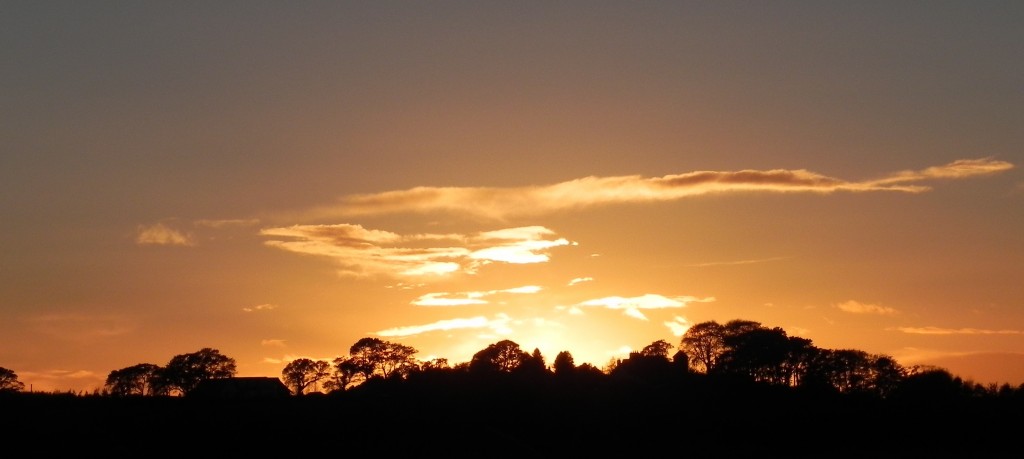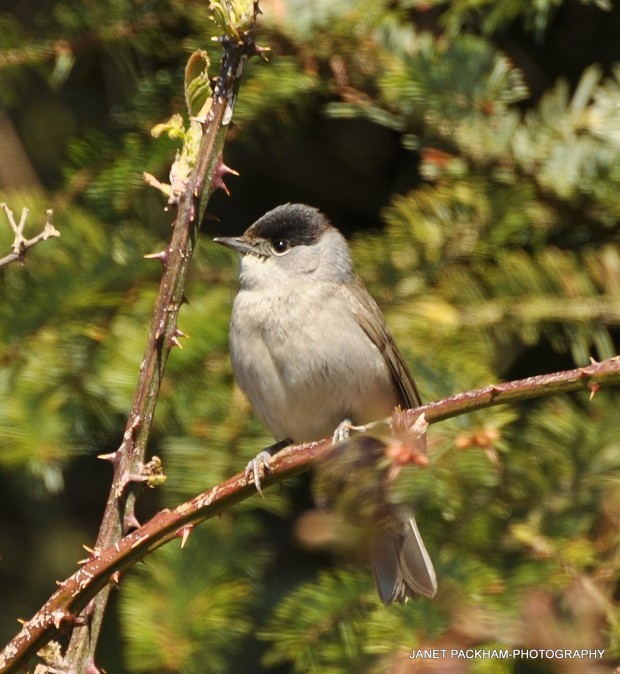Review of 2013 – Part 4
October
October was a month when our thoughts were still focused on our Pink Footed Geese, what’s the peak number going to be, when will they arrive and when will be get good enough weather to get out and count them? Well, it wasn’t long into the month by the time we managed to record a number much closer to the peaks we had been expecting for the year. On the 8th 46,789 were counted, a number that ended up being the season’s highest count. So why was the peak in 2013, 20,000 lower than the three previous years? There are a few possibilities to why it could have happened, the first being that the overall Pink Footed Geese numbers could be down all across the UK, due to a poorer breeding season in Iceland and Greenland. This, however, can’t be confirmed until statistics are looked at from both their breeding grounds and their overall UK migration. A more likely explanation is that it was just our peak number was lower than usual and the overall number of Geese that passed through the reserve were nearer the same as previous years. With high counts of over 20,000 going into November, the warmer weather at the end of summer could have persuaded many of the geese to postpone their flights, therefore spreading out the migration over the whole autumn. We also have to include the possibility that it was human error and we simply missed the peaks and carried out our counts on the wrong days. Whatever the reason, a number of over 40,000 is still impressive and we hope to be back nearer the 60,000 mark next year!
October also saw the first White Tailed Eagle sighting in almost 7 months, with the individual ‘Yellow 3’ being spotted on the 24th, 25th and 26th. The yellow wing tag indicated a 2010 release, the first of this age seen on the reserve, with both 2009 and 2011 releases seen earlier in the year. If you click on the link below you will see a great video taken by one of our members, showing the eagle and if you look very closely a Kingfisher hovering in shot!
http://www.youtube.com/watch?v=nB0uC8lMT5Y&feature=youtu.be
November
November marks the beginning of our winter opening hours here at the Visitor Centre, meaning the majority of our staff can kick back and put their feet up for a few months. The same can’t be said for the birds though, as they soldier on, fattening up and getting ready for the colder weather.
Sightings throughout the month included a Velvet Scoter seen on the 3rd of November, distinguished from the more frequently sighted Common Scoter by the white patch on the rear of its wing, visible as it swam on the surface. The 10th of November saw another Icelandic Goose Count taking place, with 20,804 Pink Footed Geese counted, a good number but again slightly down when compared to the same count last year. By November the wildfowl and wader numbers are also starting to reach their peak, being reflected by the high numbers counted on the Wetland Bird Surveys (WeBS). November’s WeBS included counts of 4287 Wigeon, 1628 Shelduck, 1537 Eider, 1370 Redshank, 1252 Oystercatchers, 1200 Curlew and 884 Lapwing.
An interesting visitor on the 16th of the month was a blue-morph Snow Goose, seen resting with the Pink Footed Geese in the centre of the Basin. Snow Geese are a North American breeding species that are often seen as vagrants in the UK, amongst groups of Barnacle and Brent Geese (although there is also a feral population here in Scotland). The Snow Goose has two colour plumage morphs, the white and blue. The blue morphs, like the one seen on the reserve, have a bluish-grey plumage apart from the head, neck and tail tips, which are white. The two colour phases are genetically controlled, with the dark phase being controlled by the presence of a dominant gene and the white phase by the lack of this gene. Both morphs may interbreed, so are not separate species, but offspring are much more likely to select a mate that’s the same morph as their parents. After the solitary sighting of the goose here at the Basin it was then spotted around Angus, mainly at Kinnordy Loch, over the next few weeks.
November also saw two new events being run in the Visitor Centre and Reserve, the Halloween Family Fun Day and the Year of Natural Scotland Pink Sunset, both of which went down so well that they have been included in 2014’s events programme. The family fun day included our usual array of crafts and activities but with a spooky twist whilst the Pink Sunset was a new way of seeing our famous Pink Footed Geese. Instead of making everyone join on us on the reserve at the crack of dawn, the rangers took the group out in late afternoon to see the geese return from feeding, as the sun was setting.

December
December was a quite month here at the centre, with no big events or goings on, however, as always there were plenty of good sightings made on the reserve. The beginning of the month saw numerous sightings of a Black-Throated Diver, a species that makes the odd winter visit to the reserve. A breeding bird of Scottish Highland lochs they move to sheltered coasts in the winter, where they can be seen in their whiter non-breeding plumage, which confusingly doesn’t include a black throat. The Visitor Centre feeders were also visited by a male Blackcap throughout the start of December. Easily identified, as the name suggests, by the presence of a black cap, the male was seen feeding on the apples that we have been placing on the tree stump in the feeding area. God numbers of Pintail were seen throughout the month, over 100 being counted on numerous occasions. The Visitor Centre grounds were also visited by Kingfisher and Water Rail in early December. The year’s final Icelandic Goose Count took place on the 8th, with 7,404 geese counted.

So all in all, 2013 was another great year here at Montrose Basin Visitor Centre and Nature Reserve. So hopefully 2014 will bring us as many good sightings, interesting events and enthusiastic visitors! As always we will keep you updated throughout the year on the blog page, along with our new Facebook page. Just follow the link below and sign in to like us and keep up to date with all the latest sightings and news.
https://www.facebook.com/#!/pages/Montrose-Basin-Wildlife-Reserve-and-Visitor-Centre/557836387627373
Craig Shepherd,
Visitor Centre Assistant Manager.
Help protect Scotland’s wildlife
Our work to save Scotland’s wildlife is made possible thanks to the generosity of our members and supporters.
Join today from just £3 a month to help protect the species you love.
Preface
October October was a month when our thoughts were still focused on our Pink Footed Geese, what’s the peak number going to be, when will they arrive and when will …
